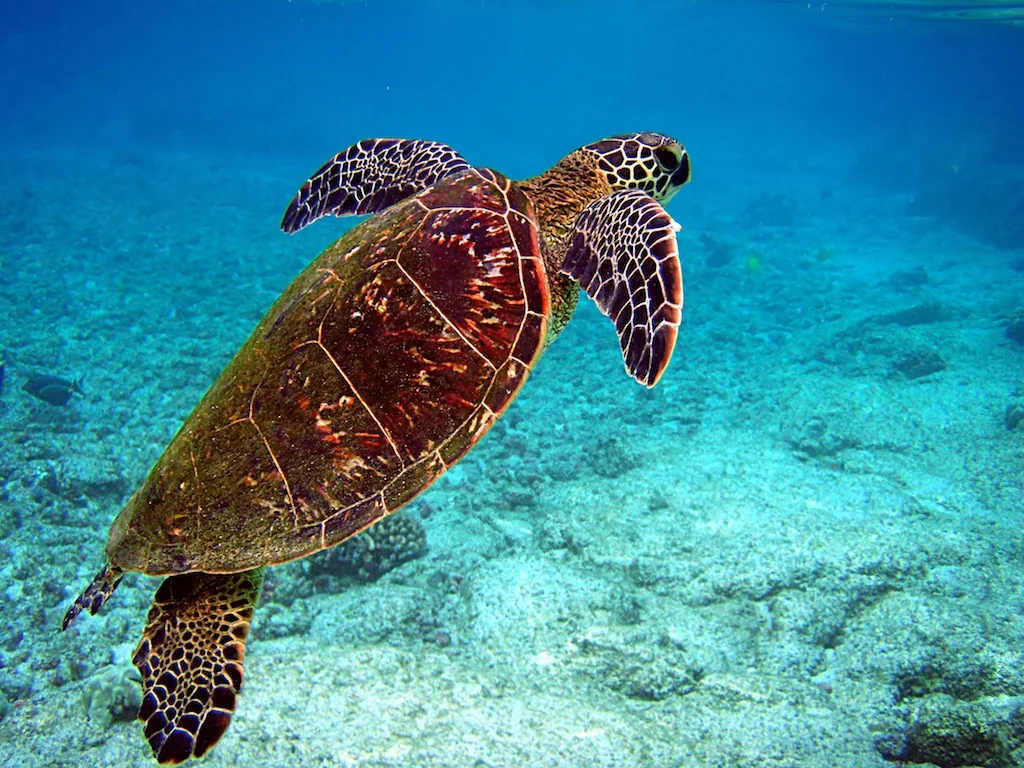Seabird Species
ACAP has a seabird bycatch identification guide to assist fishers and observers with seabird identification. It is available in English, Chinese, Traditional Chinese, Portuguese, French and Spanish at https://www.acap.aq/bycatch-mitigation/seabird-bycatch-id-guide.
Great Albatrosses: The great albatrosses comprise several species including the largest of all flying birds, the Wandering Albatross. The wingspan of these birds surpasses 3.5 m (11.5 ft), and the bird can weigh over 9 kg (20 lbs.). The great albatross group is found across the southern oceans, particularly south of 30°S but also farther north in cold water currents off the coast of Chile and southwestern Africa. Great albatrosses are typically white birds with black upper wings. Older birds are generally whiter. It is very difficult to distinguish the different great albatross species, so if you are unsure, then record them as ‘great albatross’ and take photos. More information can be found in the ACAP Seabird Identification guide.
Wandering albatross (Photo: Dimas Gianuca, Projeto Albatroz)
Black-browed albatross (Photo: Oliver Yates, BirdLife International)
Mollymawks and Sooty Albatrosses: This group includes all of the albatross species other than those in the Great albatross group. In general, they are smaller than the great albatrosses, but are still very large birds, with wingspans of around 2 m (6.5 ft) and weigh about 3-4 kg (8 lbs.). Many species are distributed across the southern seas, with three species in the North Pacific.
Petrels and Shearwaters: Petrels and shearwaters are a diverse group of seabirds. Many species travel vast distances on annual migrations. In contrast to the albatrosses and petrels, which tend to migrate east and west following air currents in temperate waters, some shearwaters migrate north to south, from pole to pole, such as the short-tailed shearwater in the Pacific. Some species have a wingspan of around 1 m (3.3 ft) and weigh as much as 1.4 kg but typically less than 1 m and 1 kg (2.2 lbs). All species have a tube (fused nostrils) along the top of the bill. Many species are totally dark, while others have a mix of gray and white feathers.
White-chinned petrel (Photo: Oliver Yates, BirdLife International)
Southern giant petrel (Photos: Oliver Yates, BirdLife International)
Giant petrels: There are two species of giant petrels, which are as large as the mollymawks and can weigh as much as 5 kg (11 lbs). These large petrels have a prominent, large tube on the top of the bill and are dark-colored, with gradually lighter gray shading as they age. There is a white version found in about 10 percent of the population. Giant petrels are scavengers and will go after offal (fish parts such as heads and guts) discards. They are found in the southern ocean (typically below 30°S).
Penguins: Penguins are flightless seabirds. They are unmistakable at sea, typically surfacing only for short periods before diving again. They are found in the Southern Ocean, and also around South Africa, Southern Australia, New Zealand, and the coast of South America.
African penguins (Photo: John Paterson, ATF Namibia)
Gull (Photo: Luis Cabezas, ATF Chile)
Gulls: Gulls are typically associated with coastal waters and have broader wings than petrels. Gulls lack the tubes on the bill that albatrosses and petrels have.
Storm petrels: Storm petrels are the smallest of the seabirds, weighing only 50 g (1 – 2 oz) or so, and can be found across all oceans. Storm petrels have dark coloring above and white or dark below, often with a white rump. These little birds flutter just above the sea surface with their long legs dangling in the water as they filter-feed on small plankton, organic particles, and oil droplets.
Storm petrel (Photo: JJ Harrison)
Gannet (Photo: John Paterson, ATF Namibia)
Boobies and gannets: Boobies and gannets are medium-sized seabirds with extremely pointed heads and bills, heavy bodies, wedge-shaped tails, stout legs, and long, slender wings. These birds perform impressive plunging dives from great heights to capture small fish near the surface. These birds are found mainly in tropical and subtropical waters, and also lack tubes on the bill.
Skuas: Skuas are similar to gulls in appearance, but larger, and have dark feathers with white patches on the wings. These birds can be found far out to sea but typically in lower numbers than the petrels and albatrosses.
Skua (Photo: Dimas Gianuca, Projeto Albatroz)










